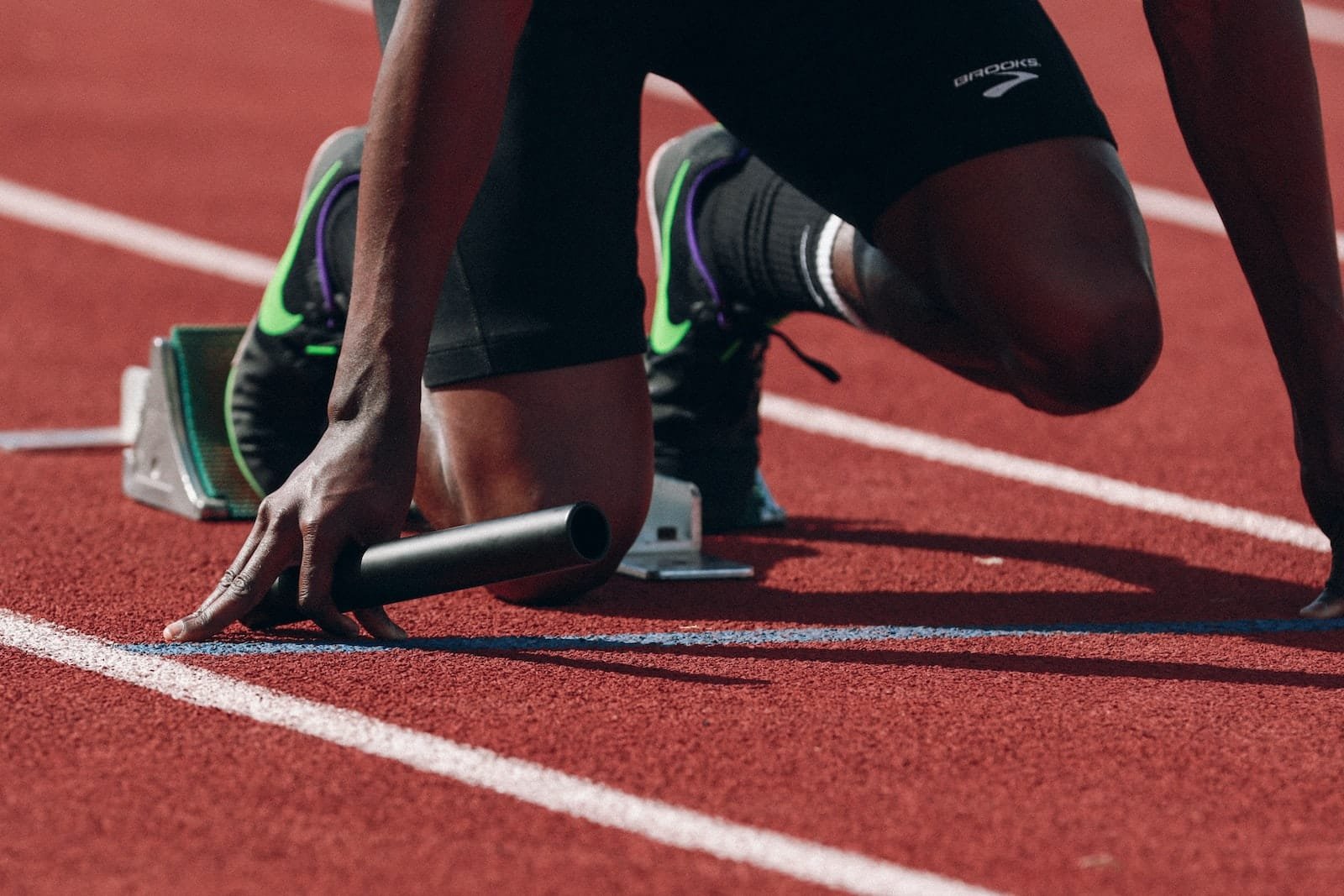Running Posture

Firstly, let me preface my following comments by saying that running technique isn’t a one size fit’s all subject (for example the heel striking vs midfoot striking debate). Every runner is different. However, we are all bound by the same laws of physics! As such, there are aspects of good running technique, such as posture, which will commonly apply to the vast majority of runners and triathletes.
The most important thing to appreciate with reference to running posture is that gravity can either work for you or against you. When good running posture enables you to engage gravity and use it to your advantage, you get the feeling of controlled falling forward and developing “free speed”. In contrast, if your running posture is poor, you end up fighting against gravity to push yourself off the ground.
So what constitutes good running posture? There are many elements from head to toe, in all three planes which on a segmental level interact to create a balanced posture. For the sake of this article I’m going to focus on what commonly occurs around the hips and pelvis – and what that then creates above and below.
Arguably the most important factor in achieving correct running posture is the slight forward lean… Not “whether” a slight forward lean is achieved, but “how”.

We’ve all seen runners who look tired and laboured as they bend forwards from the waist as they run. Contrast this image with one of a runner who remains straight, long and strong from head-to-toe, achieving a whole-body forwards lean from ankles upwards.
The difference between the two postures: alignment. The runner who bends forwards from the waist, flexing at the hips and losing alignment will tend to sit their butt backward to counter balance their upper body’s forward position, a result of weak glutes and poor core strength. This “sat back” posture often results in an over-striding style, increasing braking forces and impact as the foot lands way ahead of the centre of mass. Due to the way in which the hips and pelvis are sat back behind the point of initial contact, the effect of falling forwards and using gravity can’t be achieved. Instead, more energy is expended to push-off from stride to stride.
In contrast, keeping your body in alignment, by maintaining a whole body forward lean from ankles upwards (keeping hips and pelvis from sitting back) will move your body mass forwards, closer to over the top of where the foot makes it’s initial contact. This will vastly decrease braking forces and impact. The slight forwards lean of the whole body in alignment from head-to-toe will bring your centre of mass up and over the top of your base of support (foot), enabling gravity to pull you forwards as you begin to “fall” forwards.
Hey presto – increased forwards momentum for minimal effort!
What cues and imagery works for you to keep your posture on the run?
Send us a message or leave a comment and let us know if you have any questions! We all have our own thoughts on the matter, and we all have something different that suits us.
See what’s up next week for our #RunFormFriday tip! For more in depth understanding on how to put this into practise, get in touch and we’ll see how we can help!
